Demei's View - Wine Communication from a Chinese Winemaker
At the beginning of May 2015, I took part in the California Wines Summit. The experience has not only been memorable, but through professionally organised visits and tastings I have gained a comprehensive understanding of the region.
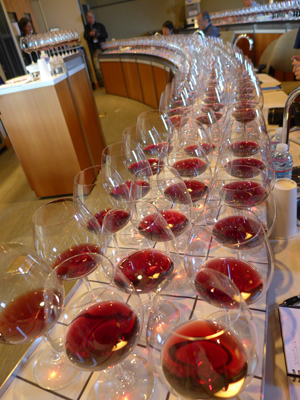
A new trend of Californian winemaking is blowing across the industry like a refreshing breeze, determined to topple my ‘simple and masculine’ impression of Californian wines.
My first experience with Californian wines can be traced back to 18 years ago, when I took a journey to the region (read my previous column Seeking the wine dream in Napa). Though from time to time after this I have had the opportunity to try wines from California, they were merely another type of wine for me — nothing special.
It wasn’t until the Oscar winning movie Sideways triggered a consumer boom in Californian wines that I began paying attention to the region. I often take the success of Sideways as an example in my classes; the idea of visualising the dry and complicated wine knowledge into a movie has not only benefited wine beginners, but also inspired those wine marketing professionals. Though Californian wines weren’t widely available in China at that time, it soon became a heated topic among my friends in the Chinese wine circles.
As people were getting to know more about Californian wines, criticisms of so-called ‘American-flavoured wines’ were also heard from time to time. Some even challenged the result of the famous ‘Judgement of Paris’.
There’s little doubt that the famous blind tasting planted Californian wines firmly at the centre of the wine world. But it’s worth mentioning that the tasting took place during one of the most difficult times for the Bordeaux wine industry. Not long after the end of World War II, Bordeaux producers were still used to yield-driven production; the rainy and cold weather of the 1970s didn’t help either. As a result, the quality of the region’s wine was barely satisfactory. Perhaps it’s not surprising then that a few warm-climate Californian wines would exceed their French peers in a blind tasting.
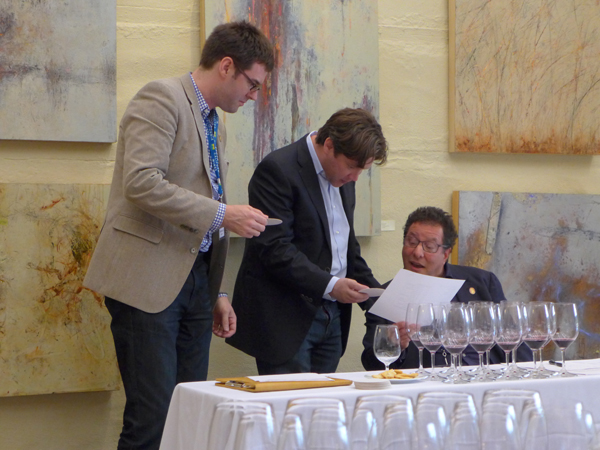
However, in the European-dominated wine world, the result was equivalent to an atomic bomb. High yields and cold climate were identified as the reasons for the thin flavours of Bordelaise wines at that time, and actions to limit the yields and delaying the harvest were introduced to improve the concentration of wines – which has produced brilliant results. Along with the rise of new world wines, these methods were widely adopted around the world.
On the other hand, Californian wines left an impression of ‘dense and heavy fruit bombs’ among consumers. As the economy of the US took off, the development of Californian wines was also set on a fast lane. The earliest wines chosen by overseas importers were usually the fruit-bomb type, which further deepened the stereotype. Strong domestic demand means that Californian wines didn’t need to worry about overseas market, and have been developing freely in its own ways.
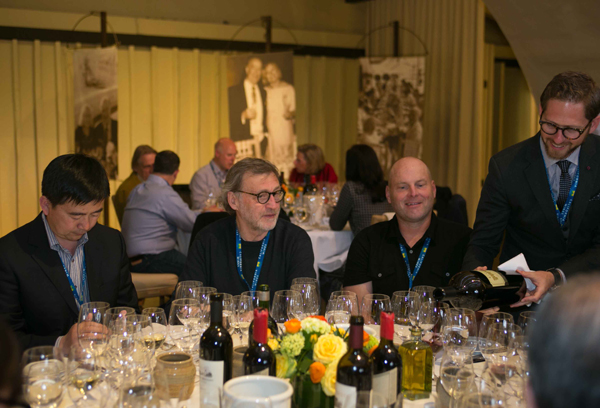
The 2004 movie Sideways has not only boosted the development of Californian wine tourism and the popularity of Californian Pinot Noirs, but also encouraged consumers to explore the diversity of Californian wines — especially those from the cool coastal regions. Bottle Shock in 2008 further promoted the region to overseas consumers. Innovative Californian winemakers seized this opportunity to display a colourful array of wines to the market.
The California Wines Summit in May, therefore, has been a demonstration of this diversity. From masterclasses on Chardonnay, Pinot Noir and Zinfandel, to themed tastings on different styles, the summit was a comprehensive presentation of the rich selection of Californian wines. Those lunches and dinners with winemakers, meanwhile, quietly displayed the charm of Californian wines when paired with food.
Geoff Kruth MS and Matt Stamp MS chaired the selection of wines throughout all the summit’s tastings and dinners. Under their leadership, the team ensured wines were served at the perfect state throughout the event. This perfect service and diverse selection have left a great impression in mine and other guests’ minds.
Clearly, the image of Californian wines has moved away from merely ‘dense and heavy fruit bombs’. I can’t wait to see what’s next.
Translated by Sylvia Wu / 吴嘉溦
All rights reserved by Future plc. No part of this publication may be reproduced, distributed or transmitted in any form or by any means without the prior written permission of Decanter.
Only Official Media Partners (see About us) of DecanterChina.com may republish part of the content from the site without prior permission under strict Terms & Conditions. Contact china@decanter.com to learn about how to become an Official Media Partner of DecanterChina.com.



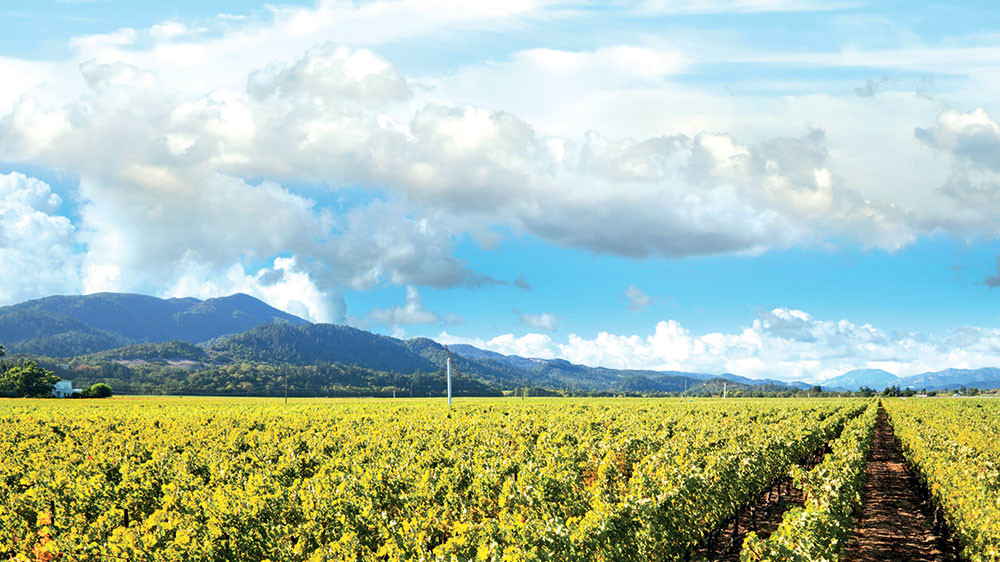
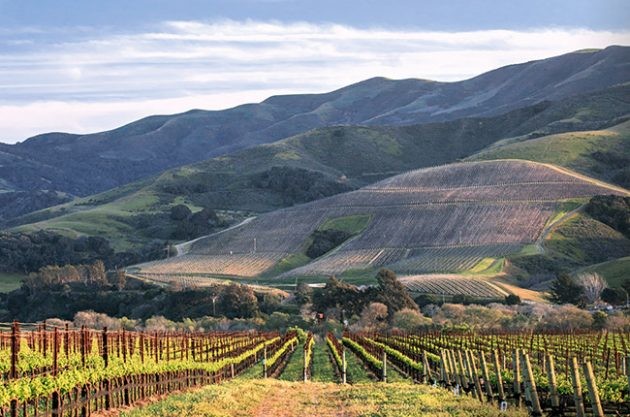
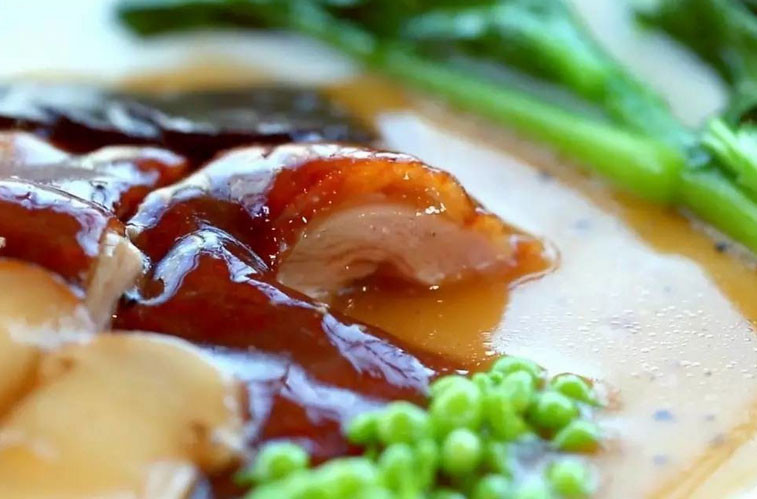
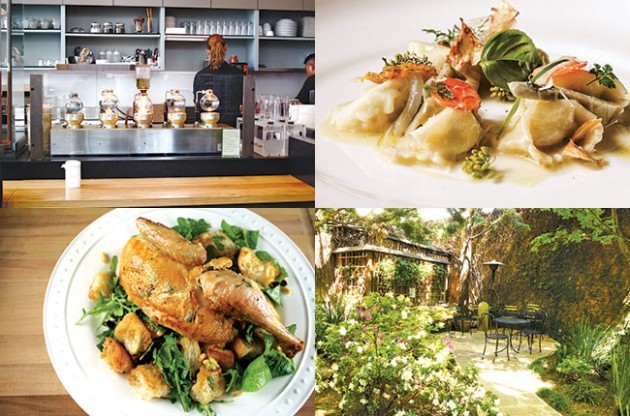
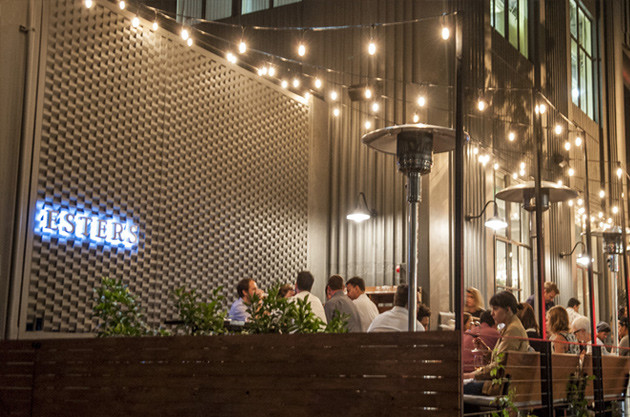
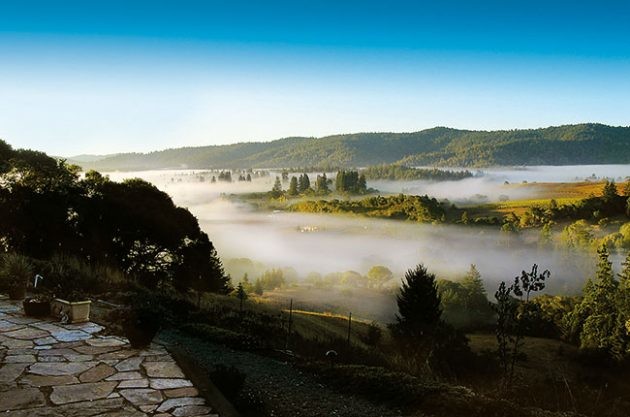
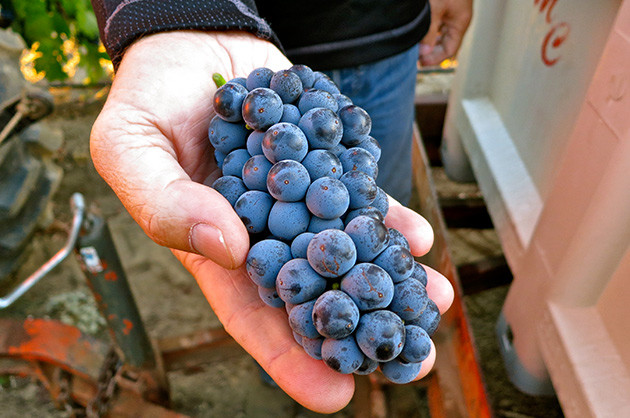
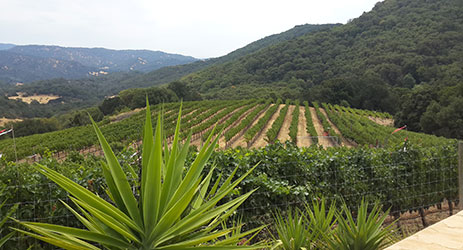
Comments
Submit